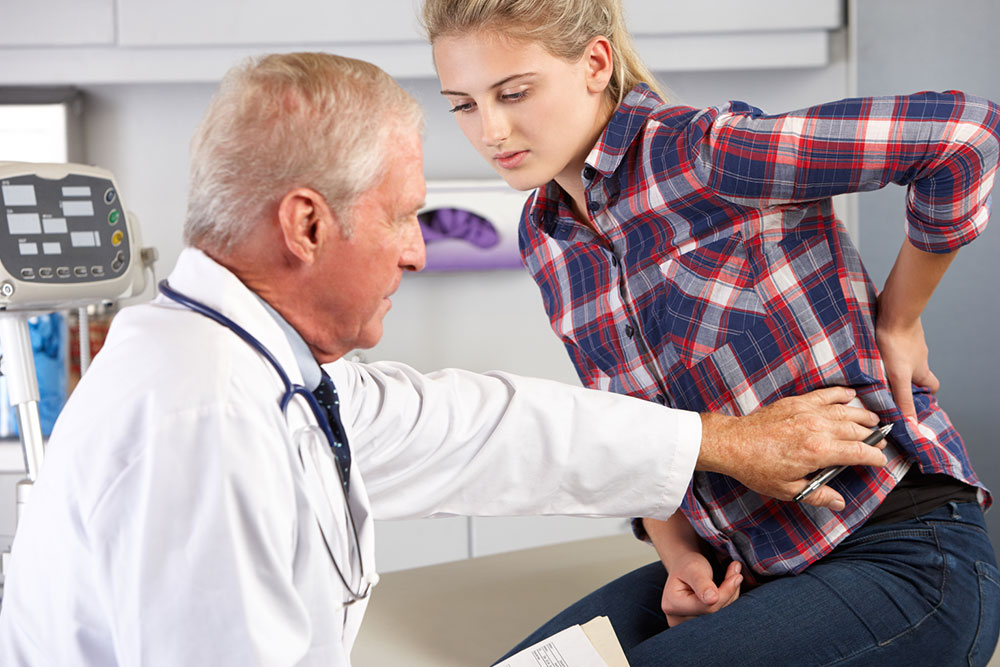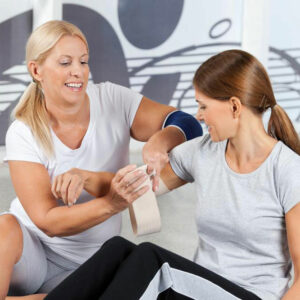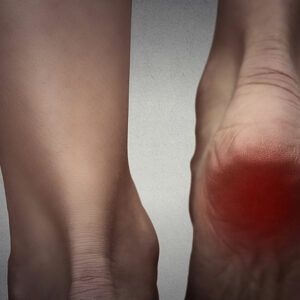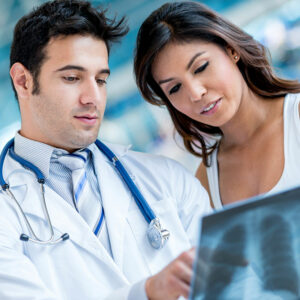Everything You Need to Know about Osteoporosis

The term osteoporosis translates to “porous bones”, and is a disease in which your body either loses too much bone, or doesn’t make enough bone, or in some cases even both. This results in weakening of the bones. A minor bump, or sneezing can also cause injuries to the body. Women are more prone to being diagnosed with osteoporosis.
How do you know you have osteoporosis?
While many diseases can be diagnosed as its symptoms are experienced in the early stages, but with osteoporosis, one can experience little to no symptoms. It progresses slowly, making the condition severe over time.
Some of the osteoporosis symptoms you need to watch out for are:
Experiencing back pain
Because of loss of bone density, you may have a fracture or a collapsed vertebrae. In this condition, back pain should be taken lightly as it can relate to your bone health.
Loss of height
As strange as this sounds, loss of height is one of the signs and symptoms of the onset of osteoporosis. This essentially denotes that your spine has been fractured making you unable to stand straight. Some of these spine fractures are painless so you may not recognize this sooner. Hence, you need to watch out for this osteoporosis symptom.
Stooped posture
This is another sign that shows a decreased amount of bone density. With bones being more porous and soft, they are unable to hold your body up straight leading to a curved spine. This curved spine naturally leads to a stooped posture.
Easy fractures
Fractures are not easy injuries, so if you are injuring your bones often, it is probably because your bones are porous and not strong enough.
Tips for a healthy lifestyle
While you cannot prevent any disease, you sure can manage it, and lower the risk of triggering it further. A healthy diet is extremely important, apart from any medications suggested by your doctor, and can help you lead a manageable life with this disease. Apart from nutrition, an exercise regime too can keep your health in check.
- Calcium
To keep your bones healthy and active, it is vital that you focus more on a diet that is rich in calcium. It is recommended that men and women aged between 18-50 consume 1000 milligrams of calcium in a day. As women turn 50, this intake should be 1200 milligrams, and the same for men who turn 70. Apart from low-fat dairy products, there are several green leafy vegetables like spinach, kale, beet greens, okra, parsley that have high calcium content. Some other vegetables to consider are Butternut squash, sweet potatoes, and soybean sprouts.
If you are a seafood lover, you can also include salmon and sardines in your diet. - Vitamin D
This is important because Vitamin D helps in absorbing all the calcium in the body. Foods rich in vitamin D should be a definite inclusion in your food plate. Fatty fish like tuna, mackerel, beef liver, egg yolks, orange juice, soy milk, are also high in vitamin D.
Also, make sure you get your daily dose of outdoor sun time as it is also vital. - Exercise
An active life helps you have strong bones, and slow down bone loss. Combining strength training with cardio, and other exercises should help you have a good posture with strong muscles and bones.
Remember, it’s never too late to start taking care of your health. Be aware and watch out for symptoms of osteoporosis for early diagnosis and treatment.



